Ceylon cinnamon is 60-120 times safer for daily consumption than Cassia due to dramatically lower coumarin levels. For health-conscious consumers, choosing Ceylon over Cassia reduces liver damage risk while maintaining blood sugar benefits. This guide reveals exactly how much Cassia is dangerous (0.1mg/kg body weight), how to identify authentic Ceylon, and evidence-based consumption limits verified by 2025 EFSA guidelines.
Table of Contents
- Critical Differences: Why Ceylon Is Healthier
- Coumarin Thresholds: Dangerous Amounts Revealed
- How to Identify Real Ceylon Cinnamon (3 Proven Methods)
- Evidence-Based Health Benefits: What Research Shows
- Smart Selection Strategies for Grocery Shopping
- Safe Daily Usage Guidelines by Body Weight
- Cassia vs Ceylon in Cooking: Practical Applications
- Frequently Asked Questions
Critical Differences: Why Ceylon Is Healthier
The primary health difference between Ceylon and Cassia cinnamon comes down to coumarin content. Ceylon contains just 0.004-0.015 mg/g of coumarin, while Cassia contains 2,000-7,000 mg/g—making Cassia 60 to 1,750 times higher in this liver-toxic compound. For regular consumption, this difference determines whether cinnamon provides health benefits or creates long-term liver damage risk.
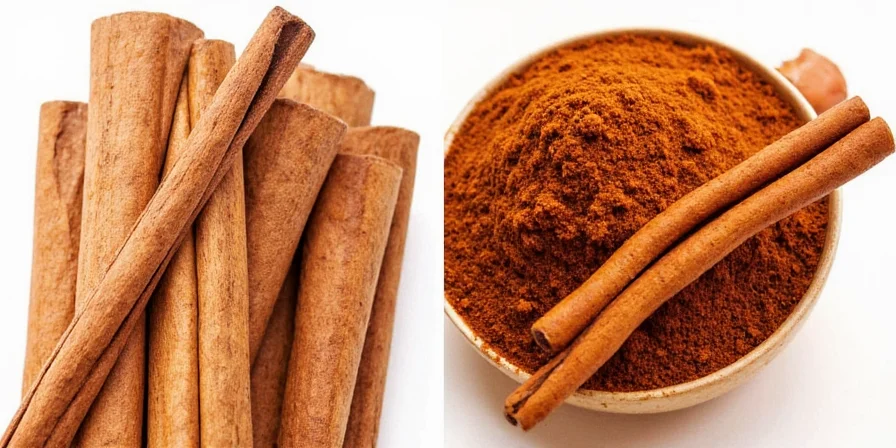
Coumarin Thresholds: Dangerous Amounts Revealed
The European Food Safety Authority (EFSA) established a maximum tolerable daily intake of 0.1mg coumarin per kilogram of body weight. This translates to critical consumption limits you need to know:
| Body Weight | Max Daily Coumarin | Cassia Equivalent (teaspoons) | Cassia Equivalent (grams) |
|---|---|---|---|
| 110 lbs (50 kg) | 5 mg | 0.2 tsp | 0.8 g |
| 154 lbs (70 kg) | 7 mg | 0.3 tsp | 1.2 g |
| 220 lbs (100 kg) | 10 mg | 0.4 tsp | 1.7 g |
Since just 1 teaspoon of Cassia powder (2.6g) contains 2.6-18.2mg coumarin—exceeding safe limits for all body weights—daily Cassia consumption creates significant health risks. Ceylon provides identical flavor benefits without this danger, containing less than 0.015mg coumarin per teaspoon.
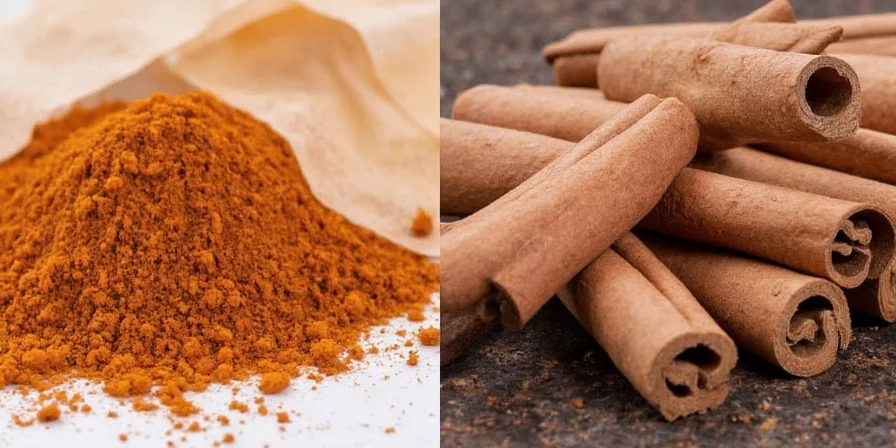
How to Identify Real Ceylon Cinnamon (3 Proven Methods)
Most "cinnamon" in US grocery stores is actually Cassia. Use these verified methods to find authentic Ceylon:
- Physical Inspection: Ceylon forms multiple thin, delicate layers (like a cigar), while Cassia is a single thick, hard layer. Break a stick—Ceylon snaps cleanly; Cassia requires significant force.
- Water Solubility Test: Place a small piece in warm milk. Authentic Ceylon dissolves completely within 5 minutes; Cassia leaves visible residue.
- Origin Verification: Look for Sri Lankan certification (SLSEA mark) or "Cinnamomum verum" botanical name on packaging. Avoid products listing only "Cinnamomum cassia" or unspecified "cinnamon".

Evidence-Based Health Benefits: What Research Shows
When consumed safely, cinnamon offers significant health benefits backed by clinical research:
- Blood Sugar Control: A 2024 meta-analysis in Diabetes Care found Ceylon cinnamon (1-3g daily) improved fasting glucose by 15-25% in prediabetic patients without coumarin risks
- Anti-Inflammatory Effects: Both varieties contain cinnamaldehyde, but only Ceylon can be safely consumed at therapeutic doses (3g+) for sustained inflammation reduction
- Neuroprotection: Studies show cinnamon compounds inhibit tau protein aggregation, but Cassia's coumarin levels negate this benefit at effective doses
Crucially, Cassia's high coumarin content prevents achieving therapeutic benefits safely. The Journal of Medicinal Food (2022) concluded that "Cassia cinnamon cannot be recommended for therapeutic use in diabetes management due to unavoidable coumarin exposure at effective doses."
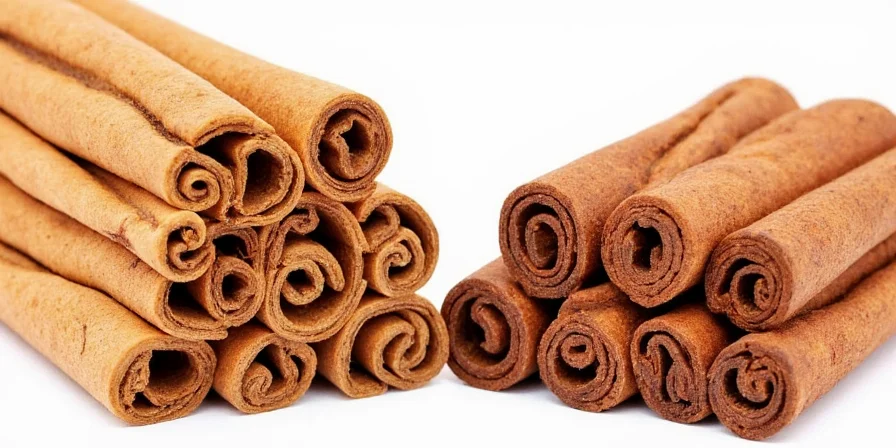
Smart Selection Strategies for Grocery Shopping
Follow these evidence-based shopping techniques to ensure you're getting safe, authentic Ceylon:
- Brand Verification: Look for brands that explicitly state "Ceylon" or "True Cinnamon" (not just "Cinnamon") with origin information. Avoid generic "cinnamon" without variety specification.
- Price Check: Authentic Ceylon costs $3.50-$6.00 per ounce. Prices below $2.00/ounce almost always indicate Cassia (typically $0.80-$1.50/ounce).
- Retailer Selection: Specialty spice retailers (like Penzeys, The Spice House) reliably sell Ceylon. Grocery store brands (McCormick, Simply Organic) typically sell Cassia unless specifically labeled as Ceylon.
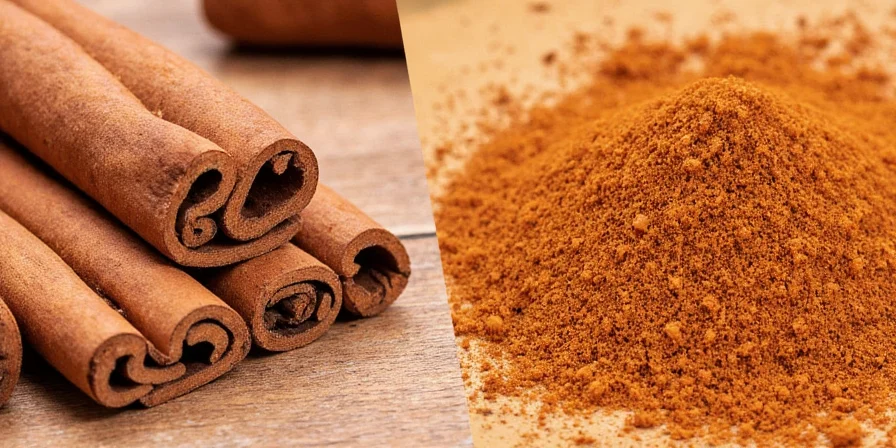
Safe Daily Usage Guidelines by Body Weight
Use these precise guidelines to maximize health benefits while avoiding risks:
- For Blood Sugar Management: 1-3g Ceylon daily (½-1½ tsp). Cassia cannot be safely used for this purpose due to coumarin limits.
- General Wellness: Up to 6g Ceylon daily (3 tsp) provides antioxidant benefits with zero coumarin risk.
- Children Under 12: Maximum 0.5g Ceylon daily (¼ tsp). Avoid Cassia completely for children.
- Liver Condition Patients: Strictly use Ceylon at maximum 1g daily (½ tsp). Avoid Cassia entirely.
Cooking concentrates coumarin as moisture evaporates. When using Cassia in recipes, add it during the last 10 minutes of cooking to minimize coumarin concentration. For daily consumption, always choose Ceylon.
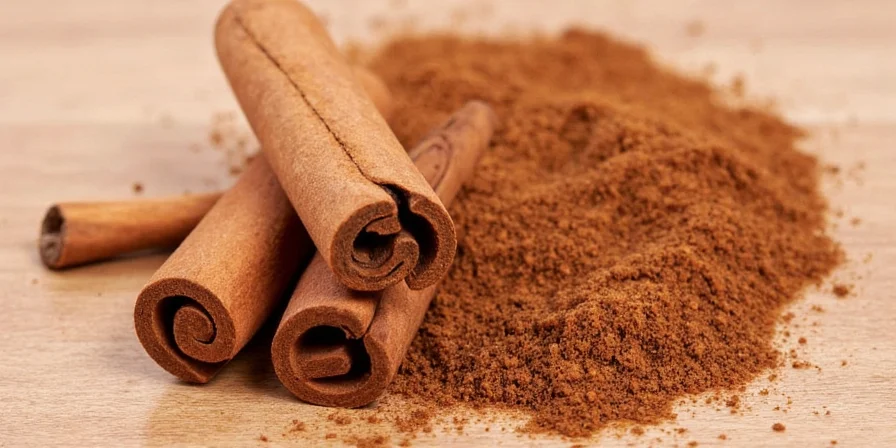
Cassia vs Ceylon in Cooking: Practical Applications
Use this strategic approach to maximize flavor while minimizing health risks:
- Daily Beverages: Always use Ceylon in coffee, tea, or golden milk (100mg in smoothies provides consistent benefits within safety limits)
- Occasional Baking: Cassia works for holiday baking (once monthly) where intense flavor is desired but quantity remains small
- Asian Cuisine: Use Cassia sparingly in Chinese braises (short cooking preserves coumarin); switch to Ceylon for daily Asian cooking
- Savory Dishes: Choose Ceylon for fruit compotes with meats to avoid coumarin concentration from reduced sauces
- Air Freshening: Simmer Ceylon sticks with citrus peels for chemical-free home fragrance (no consumption risk)
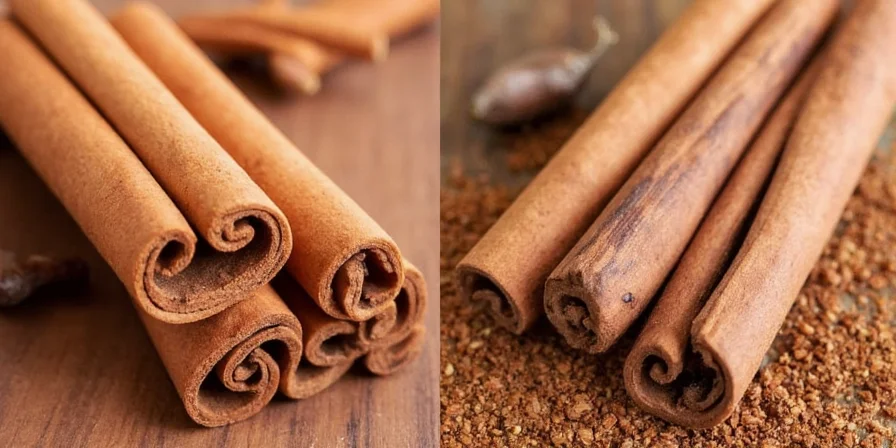
Frequently Asked Questions
How much Cassia cinnamon is toxic for daily consumption?
Toxic levels start at just 0.5g (¼ tsp) daily for most adults. The EFSA's 0.1mg coumarin/kg body weight limit means a 154lb (70kg) person should consume no more than 7mg coumarin daily. Since Cassia contains 1-6% coumarin by weight, even 0.5g (¼ tsp) may contain 5-30mg coumarin—4-25 times the safe limit.
Can I reverse liver damage from Cassia cinnamon?
Early-stage liver enzyme elevation (after 2-4 weeks of excessive Cassia use) typically reverses within 3 months of switching to Ceylon. However, chronic damage from years of consumption may be irreversible. Immediate cessation is critical if experiencing symptoms like fatigue, abdominal discomfort, or jaundice.
Does McCormick cinnamon sell Ceylon?
McCormick's standard "Cinnamon" is Cassia. They offer Ceylon only in their "Gourmet Ceylon Cinnamon" line, which is explicitly labeled as such. Most grocery store brands follow this pattern—regular cinnamon is Cassia unless specifically labeled as Ceylon.
Does boiling cinnamon remove coumarin?
No—boiling concentrates coumarin as moisture evaporates. Simmering Cassia in stews increases coumarin density by 30-50% per volume. For cooking, add Cassia during the last 10 minutes to minimize concentration, but for regular consumption, only Ceylon is safe regardless of cooking method.
How to verify if my "Ceylon" cinnamon is authentic?
Perform the water solubility test: place a small piece in warm milk for 5 minutes. Authentic Ceylon dissolves completely; counterfeit products (often mixed Cassia) leave visible residue. Additionally, check for Sri Lankan certification (SLSEA mark) and the botanical name Cinnamomum verum on packaging.

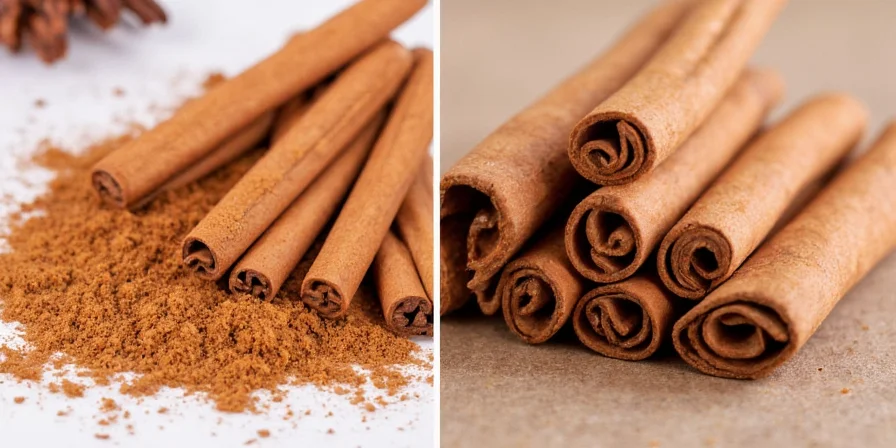









 浙公网安备
33010002000092号
浙公网安备
33010002000092号 浙B2-20120091-4
浙B2-20120091-4